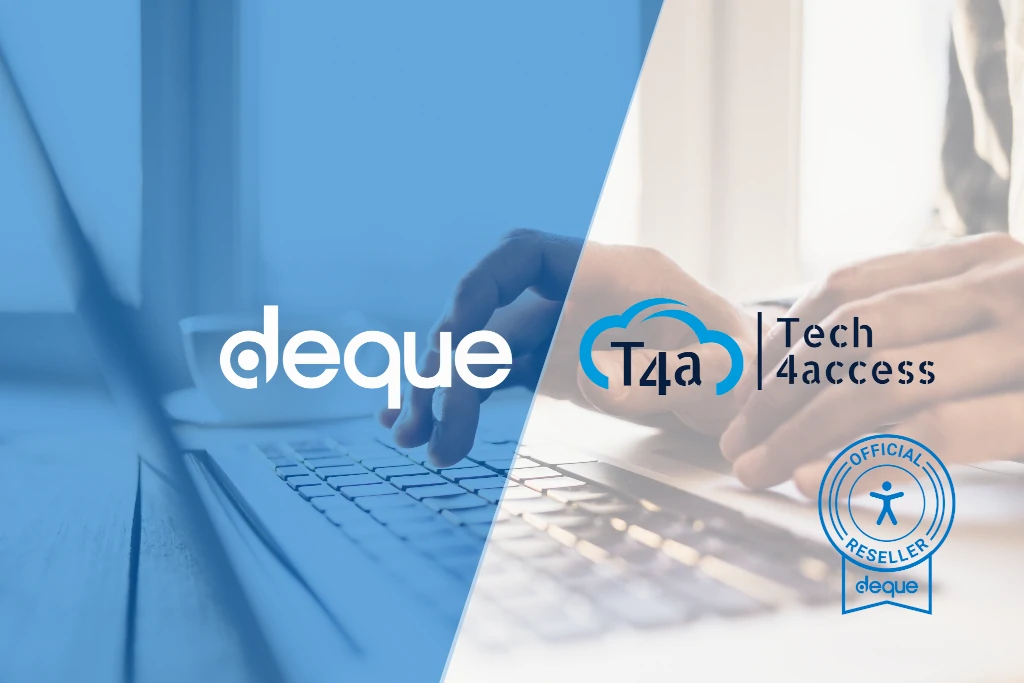In January 2004, the italian Law of 9 January no. 4 also known as the ‘Stanca Law’, with the aim of guaranteeing access to IT tools to all users, in particular people with disabilities.
This regulation ensures that Information Technology (IT) services, in particular websites and web-based applications, are accessible to everyone, including people with disabilities.
This law focuses on removing physical, cognitive and sensory barriers, enabling everyone to exercise their right to access public services and information through new technologies.
It also serves as a reminder that technological evolution has accelerated the need to bridge the digital divide, complying with national and international regulations and web accessibility standards.
For this reason, it is essential to seriously address the issue of compliance with the requirements and recommendations issued by the competent authorities on web accessibility.
Who has to comply with the Stanca Law?
According to the Stanca Law, an Information Technology (IT) service or website is considered ‘accessible’ when it offers user-friendly methods of access.
This is achieved through efficient content creation and structure, as well as the presentation and operation of interfaces, allowing the same information to be obtained through different sensory modalities, regardless of the device used to access the platform.
All this to ensure accessibility through an inclusive and versatile experience for all users, regardless of their abilities or specific needs.
Therefore, the Stanca Law applies to various crucial sectors of society, including:
- Public administrations.
- Economic public bodies.
- Private companies concessionaires of public services.
- Public assistance and rehabilitation organisations.
- Transport and telecommunications companies with a predominantly public capital participation.
- Municipal, provincial and regional authorities.
- IT service contractors.
This sets forth specific compulsory requirements for public sites or sites of public interest.
Web accessibility requirements under the Stanca Law
The law establishes the following requirements to ensure full access to information and services by removing access barriers on the network by promoting:
- Compliance with the guidelines required by AgID for websites and apps.
- Provide and periodically update a detailed, comprehensive and clear accessibility statement on the conformity of websites and mobile applications. This statement must include:
o Indication of inaccessible parts of the content with justification and alternative solutions.
o A feedback mechanism for users.
- Prohibition of contracts for the creation or modification of websites and mobile applications that do not comply with accessibility requirements.
- Adaptation of existing contracts to comply with accessibility requirements within twelve months from the date of publication of the guidelines.
- Provide hardware and software tools adapted to the specific disability of the disabled worker, including in the case of working remotely..
Compliance with the Stanca Law over time
From 2020, public administrations have to publish the accessibility goals of their websites, the declaration in European format, and then update them annually.
From 2022, this obligation was extended to private companies with an average turnover of more than EUR 500 million in the last three years.
All companies that fit the above mentioned have until 2025 to comply with the accessibility requirements of in their digital products. And from 2025, this obligation will be extended to all economic operators.
What are the penalties for non-compliance and the benefits for compliance?
In the event of non-compliance, the Digital Italy Agency may impose penalties of up to 5 per cent of the company’s turnover.
It is important to emphasise that the strictness of the regulation is due to the fact that accessibility in mobile applications and websites benefits the whole of society, not only persons with disabilities.
This is why the Stanca Law guarantees inclusive access to IT services, promoting an accessible and equitable digital environment for all citizens, regardless of their abilities.
Complying with the Stanca Law also displays corporate responsibility and social consciousness, in addition to complying with legal obligations.
As well as being a shared responsibility between public and private actors, it brings significant benefits to society as a whole.
What is the best way to comply with the Stanca Law?
At Tech4acces we have developed the SIA® Service for Integrated digital Accessibility. In many countries, this service has become the benchmark for providing full digital accessibility to a website or mobile application, while ensuring compliance with national and international regulations.
For this reason, the SIA® is the ideal service to comply with the Stanca Law, the perfect opportunity to have a consultancy that allows you to align with the legal requirements, fully respecting the demands of the Law.
If you have any questions or require advice on this topic, we are available to ensure compliance and contribute to greater digital inclusion.





